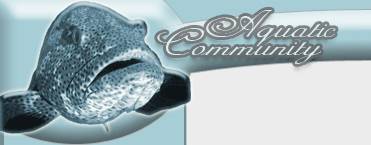Termites
Termite classification
All termites belong to the order Isoptera. Termites are sometimes called white ants, but they are actually not ants at all. Both ants and termites are insects belonging to the infraclass Neoptera in the subclass Pterygota. All the ant species do however belong to the superorder Endopterygota, while the termite species are found in the superorder Dictyoptera. In 1995, there were 2,753 recognized termite species divided into 285 different genera.
Termite description
Termites look a lot like ants at a first glance, but this is only a superficial resemblance. Termites are actually more closely related to mantises and cockroaches. Compared to an ant, a termite is whiter, hence the colloquial name “white ant”. Nest living termites are usually white with a lightly pigmented head. Termites are also softer, fatter and have shorter legs. They will typically more much slower than ants. Termites rarely exceed 10 millimetres in length.
Flying termites
Just like many ant colonies, termite colonies will produce winged specimens responsible for reproduction. These winged termites will usually be darker than other termites. Termite wings are long and slender and come in two pairs of equal size and similar shape. The name of the termite order Isoptera is actually derived from these wings. Iso means “equal” and pteron means “wing”. After the nuptial flight, the winged termites will shed their wings.
Termite problems
Termites feed on dead plant material, such as dead wood, dead leaves etcetera. They play an important part in their native ecosystems since they recycle plant matter and circulate nutrients. Unfortunately for humans, termites do not distinguish between dead wood scattered in the forest and dead wood used to build houses. When termites find a building made from wood, they will perceive it as a dead tree. Termites can also attack crops and plantation forests. It is however only a small part of the 2,753 recognized termite species that are known to cause severe structural damage to wooden buildings, plantation forests or crops. The subterranean termites and the dry wood termites are the two types of termites that are most dangerous for buildings.
Termite food and digestion
All termites consume some form of cellulose. Cellulose is found in plant fibre and is difficult to digest for most animals. The termites have therefore formed relationships with certain microbes that live inside their digestive tract and brake down cellulose. The termites while then absorb the end product and thereby receive energy. When it comes to breaking down cellulose, the most significant microbe group consists of the metamonads, a form of protozoa. The metamonads will in turn depend on bacteria that live at the surface of the metamonads. These bacteria produce several crucial digestive enzymes. Several types of termites can actually produce their own enzymes, but they still keep a rich bacterial fauna in their digestive tract to aid them.
Termites can be divided into five different groups based on their feeding behaviour:
- Subterranean termites
- Soil-feeding termites
- Dry wood termites
- Damp wood termites
- Grass-feeding termites
It is primarily the subterranean and dry wood termites that cause damage to buildings.
Termite Articles:
Termite Facts
Termite Control
Termite Pest Control
Termite Inspection
Termite Home Inspection
Termite Inspection Cost
